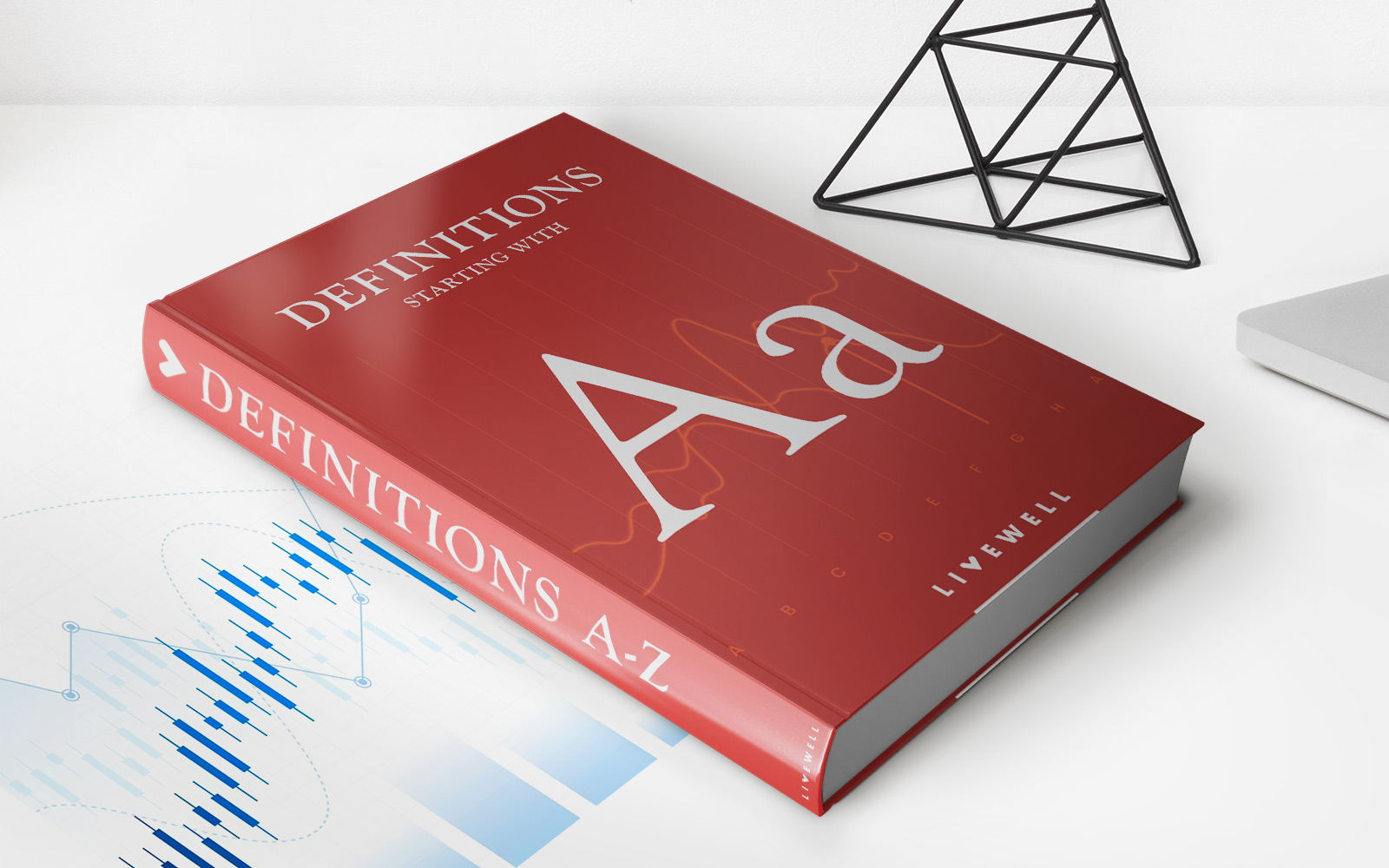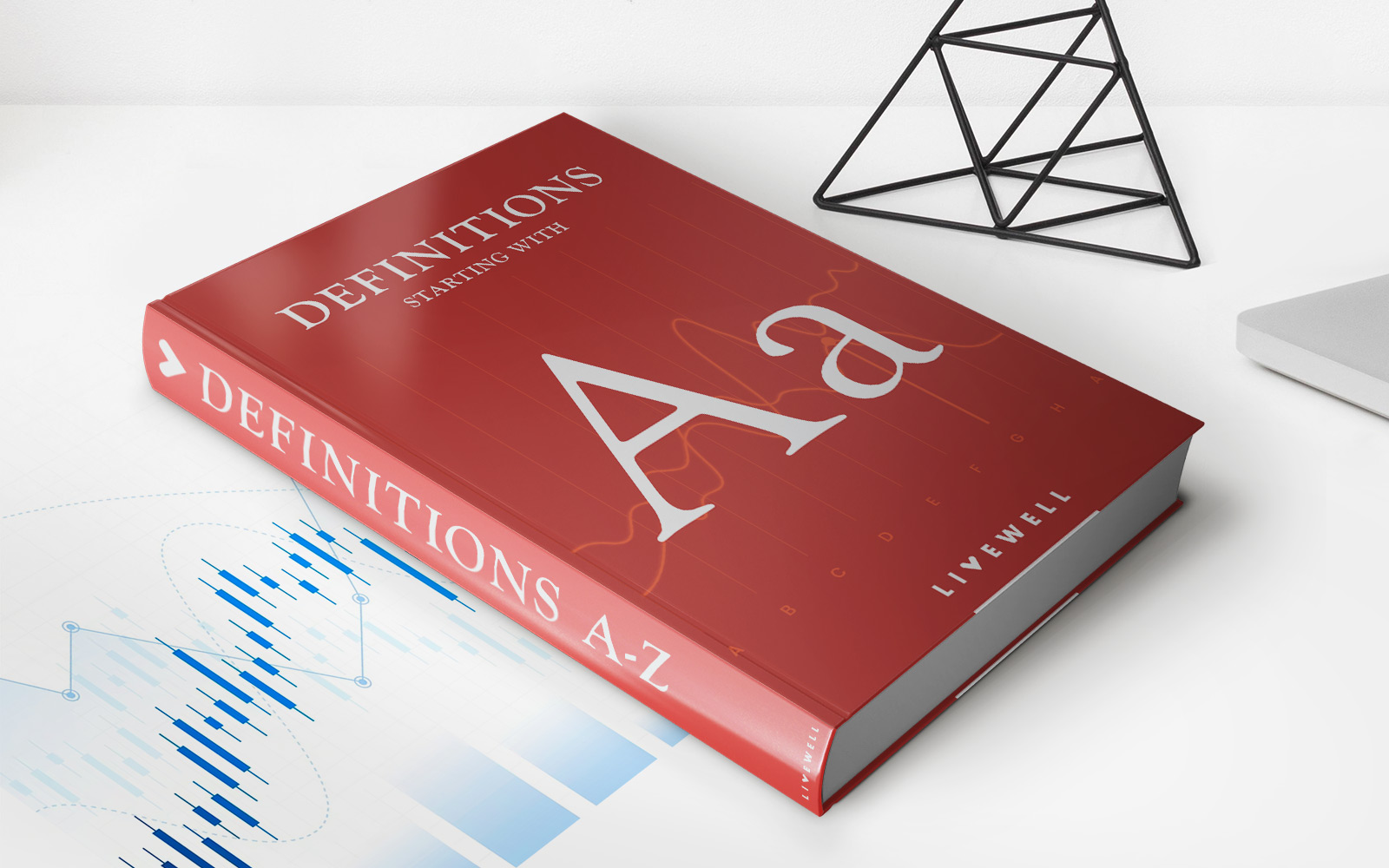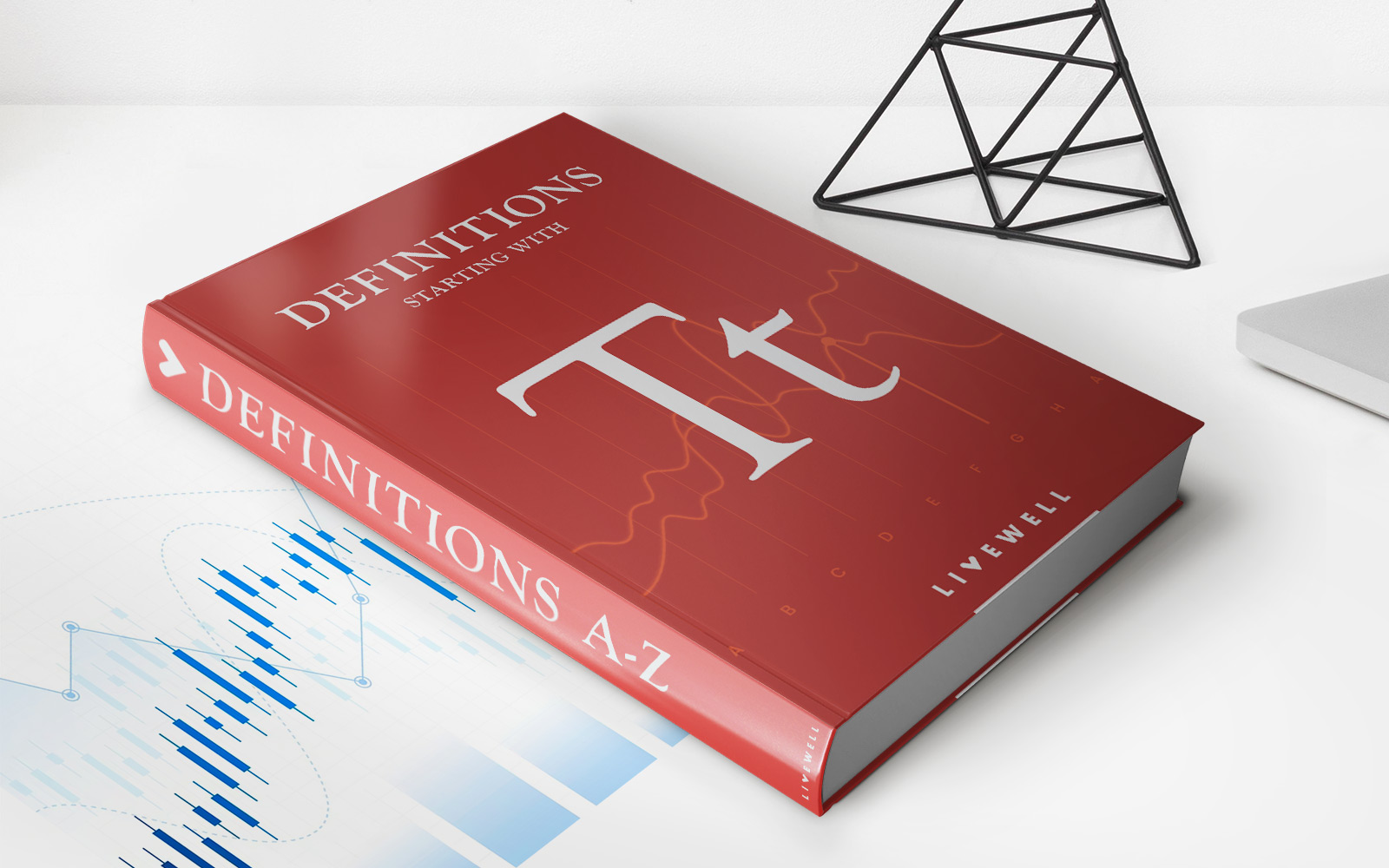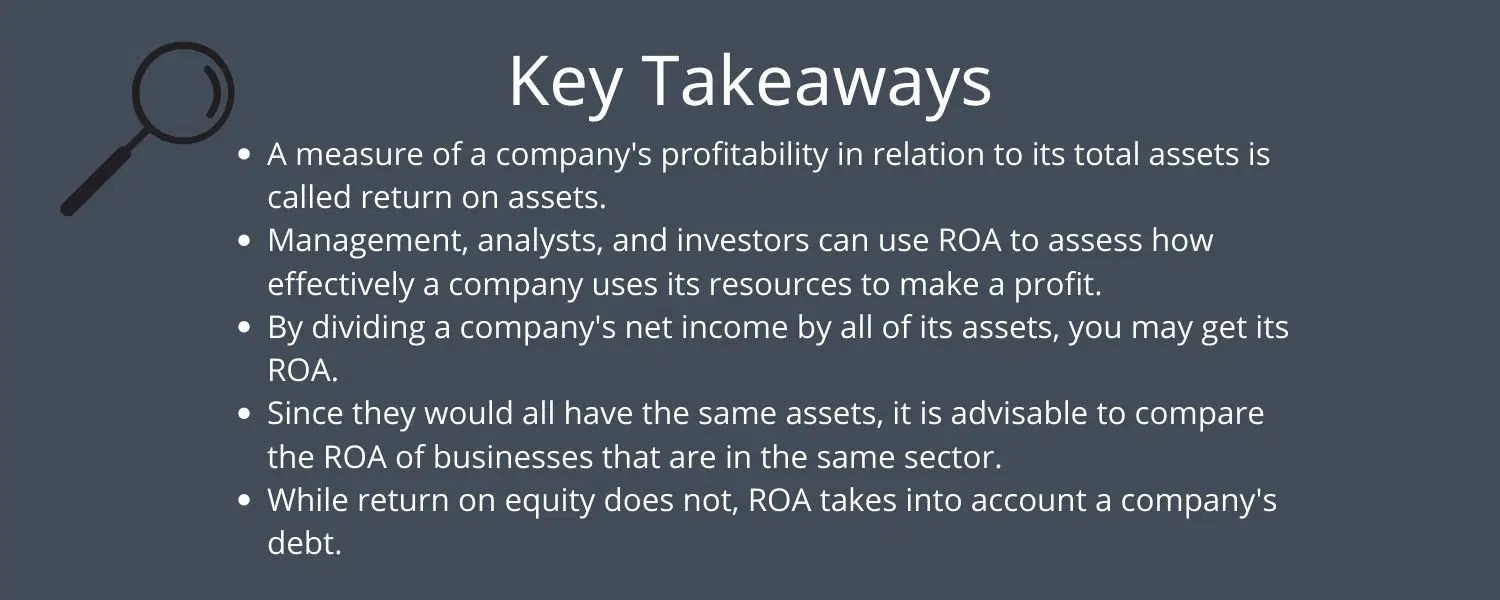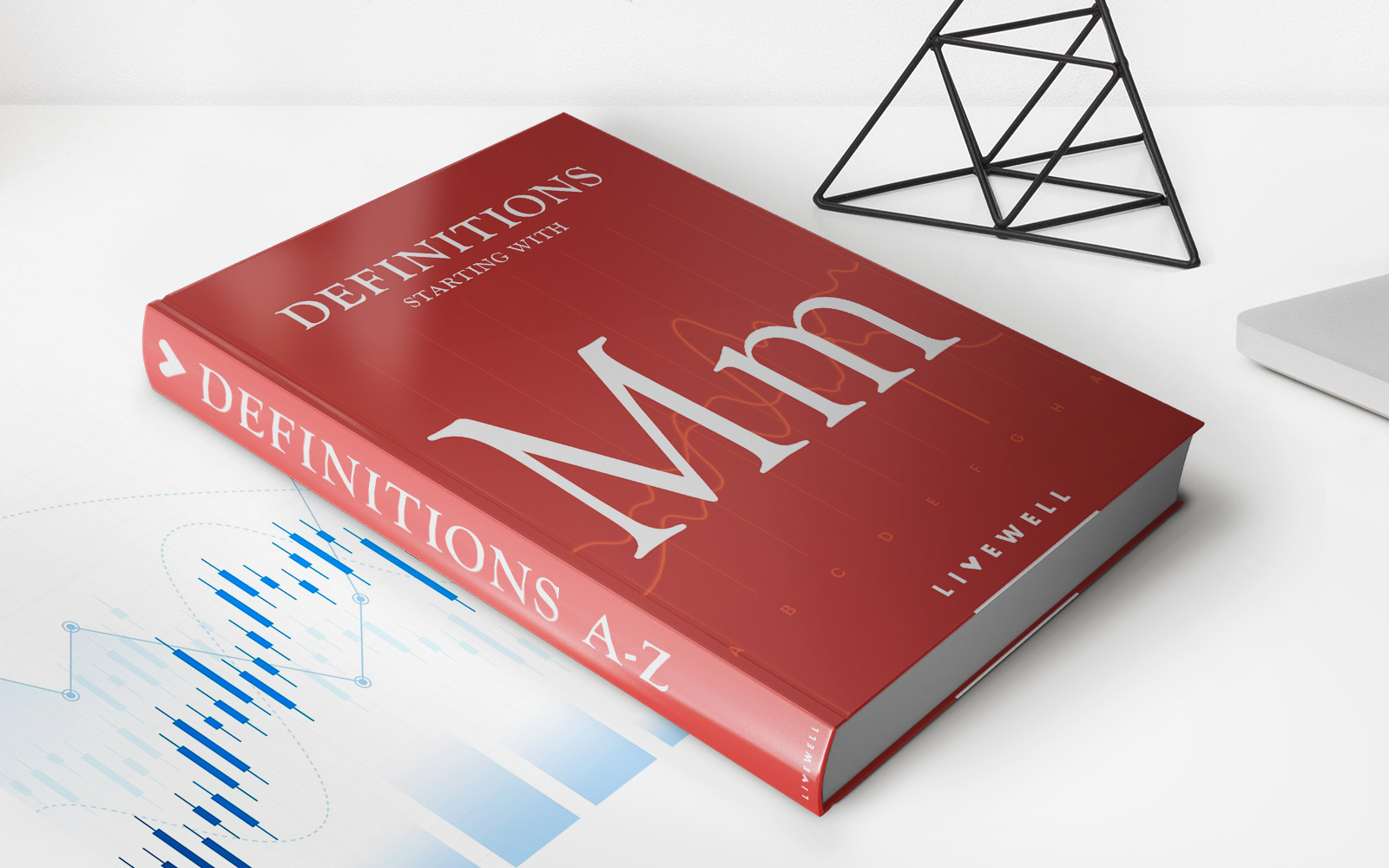Home>Finance>Long-Run Average Total Cost (LRATC): Definition And Example
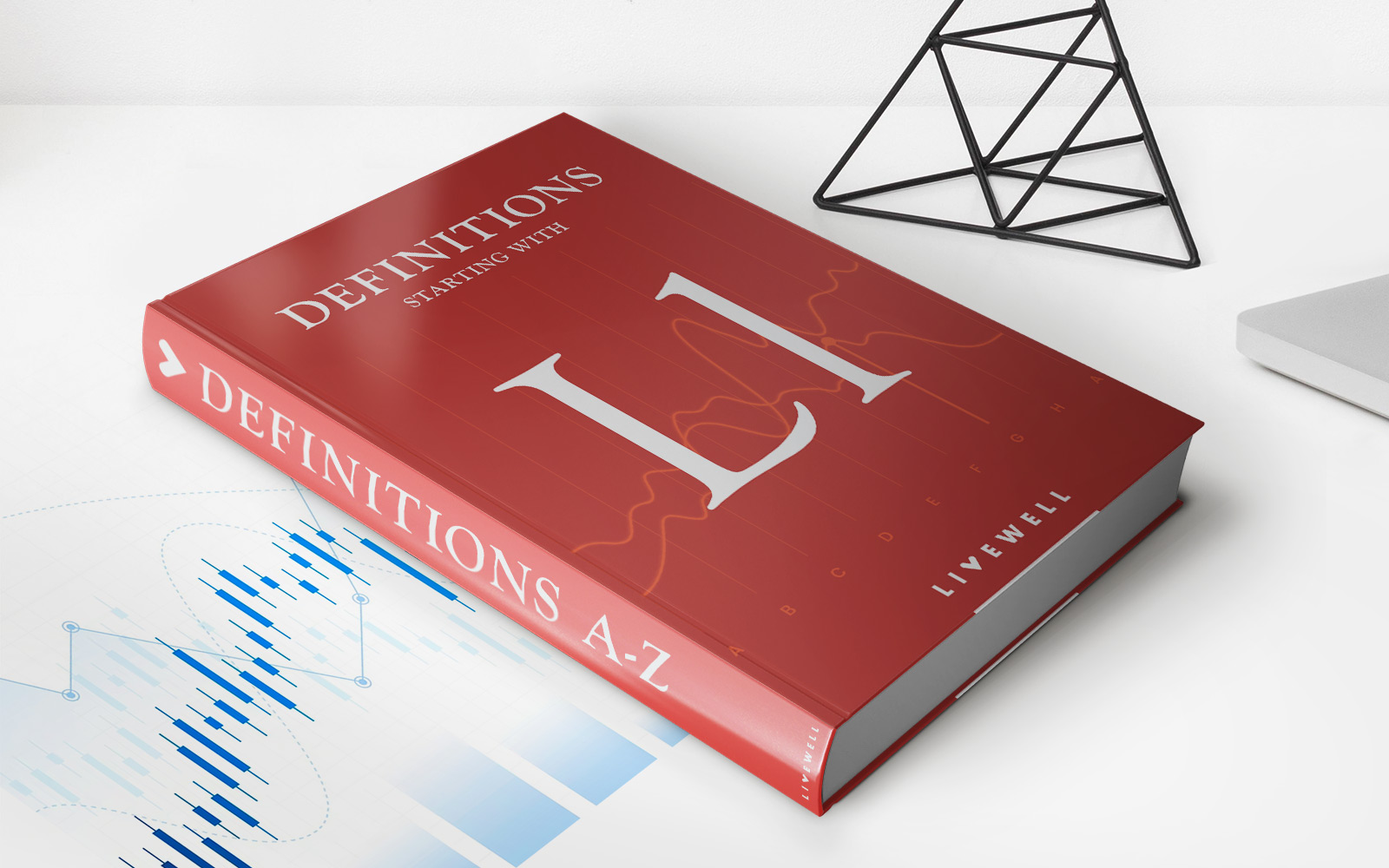

Finance
Long-Run Average Total Cost (LRATC): Definition And Example
Published: December 20, 2023
Learn the definition and see examples of Long-Run Average Total Cost (LRATC) in finance. Understand how it affects businesses and overall profitability.
(Many of the links in this article redirect to a specific reviewed product. Your purchase of these products through affiliate links helps to generate commission for LiveWell, at no extra cost. Learn more)
Long-Run Average Total Cost (LRATC): Definition and Example
Finance is a broad field that encompasses various concepts and theories important in the world of business. One such concept is Long-Run Average Total Cost (LRATC), which plays a vital role in analyzing a company’s cost efficiency. In this blog post, we will dive deep into the definition of LRATC and provide an example to help you understand its significance in the business world.
Key Takeaways:
- Long-Run Average Total Cost (LRATC) is a measure used to determine the average cost of production per unit in the long run.
- LRATC considers all inputs as variable, allowing companies to adjust their production levels efficiently.
So, what exactly is LRATC? In simple terms, it is a concept that measures the average cost of production per unit when all inputs are considered variable in the long run. Unlike Short-Run Average Total Cost (SRATC), which only allows some inputs to vary, LRATC takes into account all factors that can be altered, such as labor, capital, and raw materials.
By analyzing the LRATC, companies can determine the most cost-efficient level of production. This is achieved by identifying the point where the LRATC curve reaches its minimum value. At this point, businesses can produce each unit at the lowest possible cost, maximizing their profitability.
When the LRATC curve is falling, it indicates that the company is experiencing economies of scale. This means that as production levels increase, the average cost per unit decreases. Economies of scale can be the result of various factors, such as increased specialization, bulk purchasing, or improved technology. On the other hand, if the LRATC curve is rising, it signifies diseconomies of scale, where the average cost per unit increases as production levels go up.
Let’s take an example to illustrate the concept further. Imagine a company that manufactures mobile phones. Initially, when the company starts its operations, it produces 1,000 units per month. The LRATC for each unit is $100. As the company expands its production and increases output to 2,000 units per month, the LRATC drops to $80 per unit. This decrease in average cost per unit indicates economies of scale.
However, if the company continues to expand and produce 5,000 units per month, the LRATC starts rising to $90 per unit. This increase in average cost per unit signifies diseconomies of scale, indicating that the company is not utilizing its resources efficiently at higher production levels. It may be facing challenges such as overcrowding, increased coordination costs, or reduced specialization.
In conclusion, LRATC is an essential concept in finance that helps companies determine their average cost of production per unit in the long run. By understanding the LRATC curve and its implications, businesses can make informed decisions about their production levels and strive for cost efficiency. Remember, economies of scale can lead to lower costs, while diseconomies of scale can hinder profitability.
